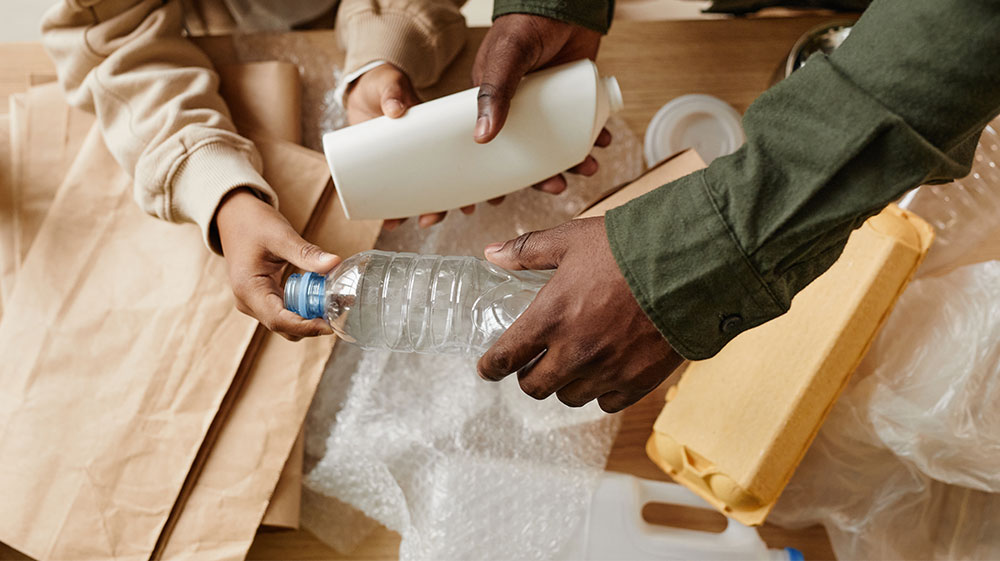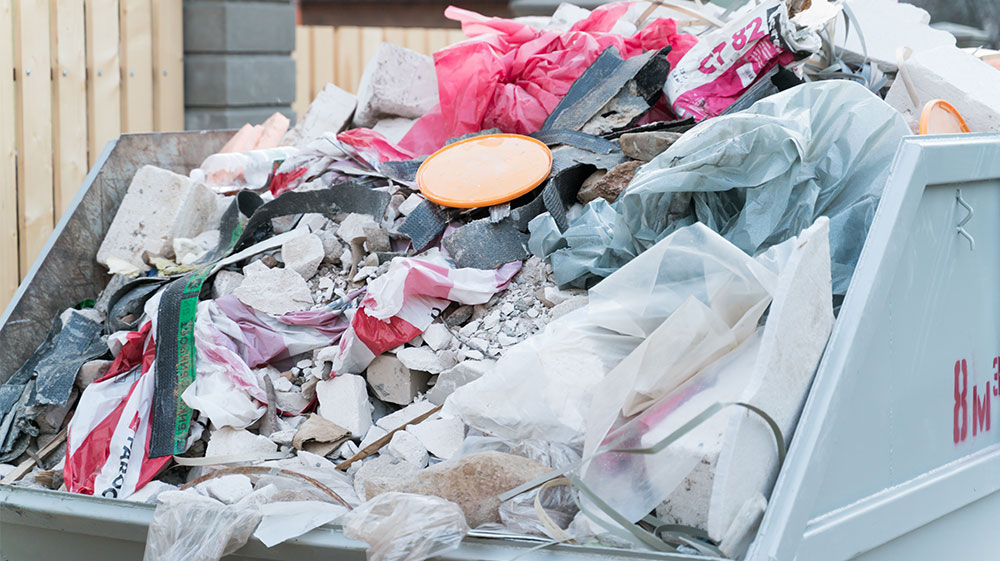Minutes to read: 3 minutes
 Photo by seventyfourimages of Envato Elements
Photo by seventyfourimages of Envato Elements
The Philippines is among the top waste generators in Southeast Asia, and one of the top contributors to plastic waste pollution in the seas1. This is a result of various factors including low recycling rates, issues in collection, and inconsistency in plastic packaging segregation in many local government units (LGU).
In fact, the World Wildlife Fund report in 2020 titled “Extended Producer Responsibility Scheme Assessment for Plastic Packaging Waste in the Philippines” stresses that Filipinos’ annual consumption of plastic packaging is around 20 kilograms, and 15.43 kilograms of which become wastes2.
With the country’s insufficient capacity to recycle high-value recyclables and low-value plastic, only a measly 9% is repurposed, while 33% is collected3. This explains the reputation of the Philippines as one of the top contributors to pollution globally.
Top 5 waste management challenges
 Photo by Tatiana_Mara of Envato Elements
Photo by Tatiana_Mara of Envato Elements
To better understand the Philippine situation, here are the top 5 challenges of the waste management and recycling industry in the Philippines.
High levels of plastic pollution
The Philippines has been struggling with a significant plastic pollution problem. At least 19 rivers including Pasig, Tullahan, and Meycauayan rivers are among the top waterways emitting plastic4. This is due to the preponderance of single-use plastic and plastic packaging material in the market. Additionally, current law implementation is too loose to penalize offenders.
Lack of proper waste disposal infrastructure
Many LGUs in the Philippines lack adequate waste disposal infrastructure, such as landfill sites and recycling facilities. This made dumping and burning the two primary options to dispose of waste, causing environmental harm and health risks.
In some areas, the LGUs create a Material Recovery Facility where barangays can deliver recyclable materials5/span>. In Marikina City, they have a program Hakot Kuyagot that roams around the city every week to fetch solid waste, which is then processed by the municipal office6. However, setting up an MRF entails significant investment. From purchasing a property to constructing the facilities, machinery acquisition, and even hiring and training of staff, all these expenses need to be accounted for by the municipal government, who normally have scant resources.
Inadequate waste collection services
In far-flung areas, municipalities struggle to implement solid waste management and regular collection services. Some areas are too remote for trucks to pass through, while some areas are undeveloped, making it difficult to access. This results in the piling of uncollected trash, exacerbating flooding and pollution problems.
Informal waste sector
Recycling and collection initiatives in the Philippines are largely performed by the informal sector. Due to a lack of decent livelihood, they are forced to scavenge to look for plastic packaging or electronic wastes that can be sold to junk shops. Social enterprises like Plasticbank® aim to stop ocean plastic while improving the lives of collector communities. Through Plastic Bank impact programs, we empower recycling communities and provide them a path out from poverty.
Public awareness and behavior
Beyond the lack of infrastructure and rigid law implementation, public attitude and behavior toward solid waste management play a significant challenge. Most consumers are oblivious to the impact of their consumption on the environment. This lack of awareness results in communities and households not practicing proper waste segregation, making it difficult to ensure it enters the right waste management steams.
Moving Ahead
 Photo by witsaruts of Envato Elements
Photo by witsaruts of Envato Elements
Waste management issues in the Philippines are complex. It is a combination of both administrative and household barriers which result in ineffective management of plastic packaging and other waste.
Understanding the need for change, the Philippines has now passed the Extended Producer Responsibility (EPR) law that aims to boost recycling and create more sustainable packaging design for manufacturers7. While the impact of EPR will be felt in the years to come, individuals and LGUs should be encouraged to be early adopters by implementing sustainability initiatives.
In the LGUs’ part, stricter implementation of EPR laws and regulations must be observed. Imposing sanctions and penalties to offenders will create an immediate impact to the waste dilemma of the Philippines.
Meanwhile, communities must lead initiatives such as compost pit to divert the burden of landfills, recycling programs where households will express their creativity recycling any materials from their homes.
Lastly, both LGUs and local communities should partner with organizations such as the Plastic Bank to stay abreast of the greenery programs and trends they can implement.
Plastic Bank partners with like minded organizations who wish to create environmental, social, and economic impact. Through Plastic Bank’s Social EPR program, you can not just hit your government EPR goals, but also create impact to society. Visit our Social EPR landing page to learn more!
- Analiza Rebuelta-Teh, “No Time to Waste: A Collaboration,” www.inquirer.net, Sept 03 2022, No Time To Waste: A collaboration | Inquirer Opinion
- WWF, “Extended Producer Responsibility (EPR) Scheme Assessment for Plastic Packaging Waste in the Philippines,” www.wwf.org.ph, Oct 2020, WWF_REPORT_EPR_Philippines_2020.pdf
- WWF, “Extended Producer Responsibility (EPR) Scheme Assessment for Plastic Packaging Waste in the Philippines,” www.wwf.org.ph, Oct 2020, WWF_REPORT_EPR_Philippines_2020.pdf
- Jhesset Enano, Pasig River world’s top dumper of plastics in the ocean, www.inquirer.net, Jun 15, 2021Pasig River world’s top dumper of plastics in the ocean, says study | Inquirer News
- Gabriel Pabico Lalu, “Marikina has this uncanny discipline when it comes to trash,” www.inquirer.net, Nov 02, 2018, Marikina has this uncanny discipline when it comes to trash | Inquirer News
- Location Marikina, “HAKOT KUYAGOT New Schedule,” www.facebook.com, Nov 09, 2020, | HAKOT KUYAGOT NEW SCHEDULE | PAALALA:... - Location: Marikina | Facebook
- Benjamin N. Villacorte and Erica Nicole D. Gomez, “Understanding the implications of the EPR Law.” Business World Online, Feb 5, 2023, https://www.bworldonline.com/economy/2023/02/05/503064/understanding-the-implications-of-the-epr-law/